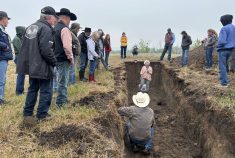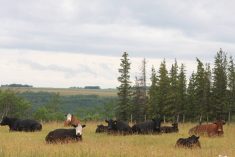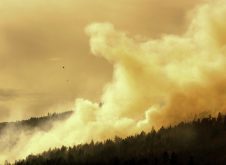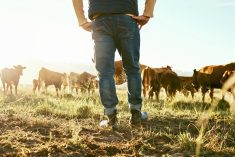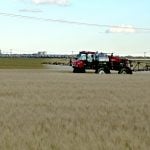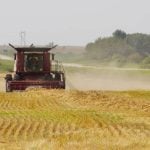It was an odd feeling, sitting in the Canadian Cattlemen’s Association (CCA) environmental committee meeting in Ottawa in March with Joni Mitchell’s Big Yellow Taxi stuck in my head.
Discussions around conserving forage and grasslands triggered the earworm, and lyrics about not knowing “what you’ve got, til it’s gone” seemed apt. Later, in the hallways outside the conference rooms, people told me how worried they are about this loss.
We still haven’t reconciled the clash between economics and nature that Mitchell sang about. Ranchers and beef farmers are hard-pressed to compete with crop farming, urban/acreage development or recreational land use.
Read Also
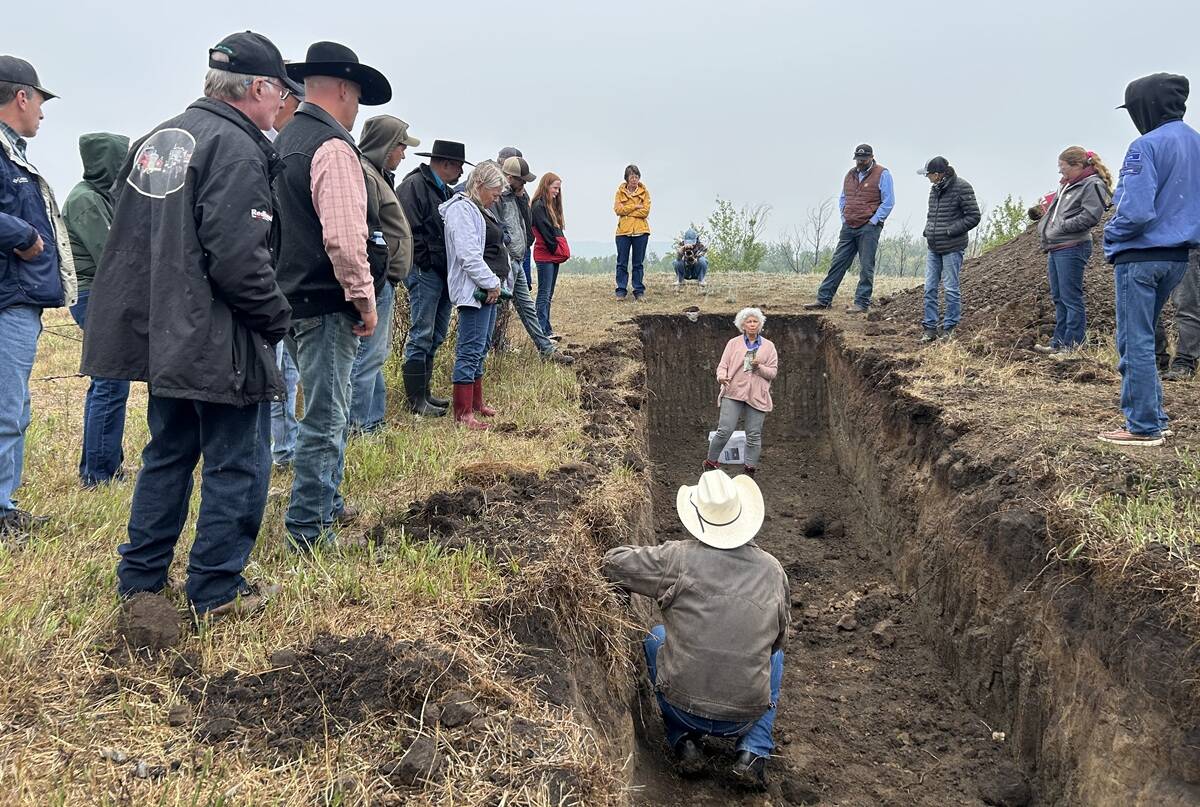
Improving soil health on the ranch
Yamily Zavala, PhD, talks soil health for farmers and ranchers at a grazing club field day at Paradise Hill, Saskatchewan.
We also need to remember that these forested areas evolved with large ruminant grazers, too — wood bison. I live in the parkland-boreal forest transition zone in northwestern Saskatchewan. There is a lot of underbrush on some public and recreational/acreage land, and it looks like a fire trap. Fire releases carbon from not only trees, but also muskeg. I think we’ll all be learning a lot about grazing to suppress fire from B.C. in the coming years.
Historically, government policy hasn’t encouraged grassland conservation — in fact, in the early days of settlement, government required farmers to break the land when homesteading, resulting in “wheat mining” on the Prairies (read Merle Massie’s Forest Prairie Edge for an interesting analysis of mixed farming settlement in the north vs. wheat farming on the Plains). Even when trying to encourage environmental practices, some results have been less than stellar. For example, a recent report from the University of Calgary’s Simpson Centre noted that globally, agriculture has generated less than one per cent of carbon credits. In Alberta, researchers have found various barriers to farmers participating, mostly related to lack of financial incentives to offset costs. On the cow-calf side, they also noted differences between the province’s ecological zones when it came to feed efficiency and environmental outcomes.
So where are we at right now, given that the federal government has released its budget? Fawn Jackson, CCA’s director of policy and international affairs, says that while you could argue there are some pieces in that budget to protect grasslands, you could also argue that we need a “holistic review” of what’s driving that conversion. The Next Policy Framework has funding, which is positive, as the industry needs all those risk management tools.
“But are we actually fixing the risk management tools is the question, so that there’s equity across sectors?”
Jackson says there is a broader understanding of grasslands conversion today, and we have the technology, “so hopefully that will be reflected in the actions that do get taken.”
The budget dedicates over $1 billion to ag environmental programming, including: $329.4 million to the Agricultural Clean Technology Program; $469.5 million to the On-Farm Climate Action Fund; $150 million for a resilient agricultural landscape program; and $100 million to researching tech and crop varieties.
At interview time in mid-April, Jackson and her colleagues were still digging into the budget to see what types of projects those dollars were funding, but she saw direct applications to the beef industry in many. For example, the resilient ag landscape program will be designed to “support carbon sequestration, adaptation and address other environmental co-benefits,” states the budget. Jackson says, “to me, it screams beef industry. But I don’t know that it is beef industry as of yet because those details are yet to be released.”
One criticism of government programming that came up during the CCA meetings was how some programs exclude early adopters — for example, by not allowing someone who has grown cover crops for years to participate in a program.
“Our point has always been that we need to recognize early adopters, and we also have to help bring along the rest of the curve,” says Jackson.
This has been a tricky issue in carbon markets, she adds, but the Canadian Forage and Grassland Association and Viresco Solutions have been working on the avoided conversion of grasslands protocol (and the pilot has had wide support from beef industry and conservation groups).
This protocol recognizes that without a financial incentive, these grasslands are ripe for conversion, Jackson says. It’s been a big discussion among those working in carbon markets, she adds. Ten years ago, the focus was entirely on new practices, but now she sees more recognition that we also need to avoid losses such as grasslands conversion.
“I think the key is that we need different tools to do each one. And it’s really complex.”
My thoughts: Every year, farmers and ranchers make different decisions related to what they’re doing with the land. And there’s always the risk of things sliding backwards because of economics, market conditions, land changing hands, or a host of other factors. I sure hope governments today are more mindful about avoiding inequity between individual producers, and between sectors, when creating programs and policies.
We need more research to measure carbon sequestration accurately, and we need to measure it in a way that doesn’t incur huge costs, Jackson says, adding she hopes we see advancements in that area.
But, she adds, “you don’t need to do new science to understand that if it gets turned into a highway or it gets turned into a city or a canola field, that then we lose a huge amount of carbon.”




